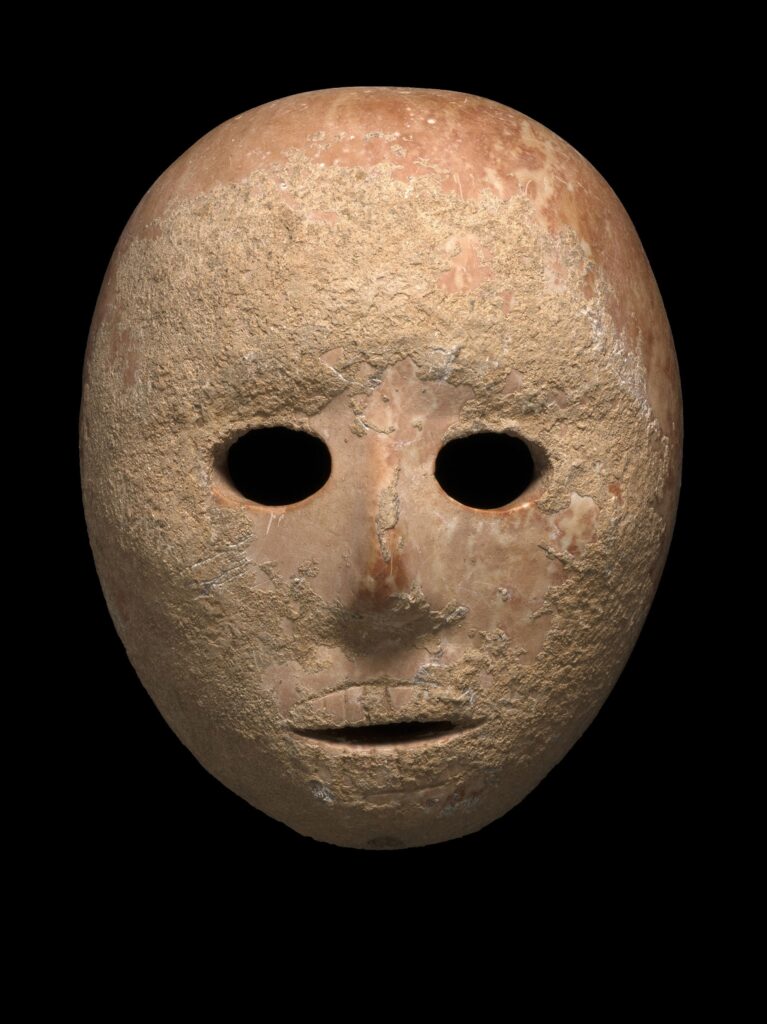Introduction to Guanajuato
Guanajuato is a historic city located in central Mexico, known for its colonial architecture and winding alleyways. Once a global silver mining hub during Spanish colonial times, the city is now recognized as a UNESCO World Heritage Site. Beyond its picturesque charm and rich heritage, Guanajuato draws visitors with one of the most unusual museums in the world: the Museum of the Mummies of Guanajuato.
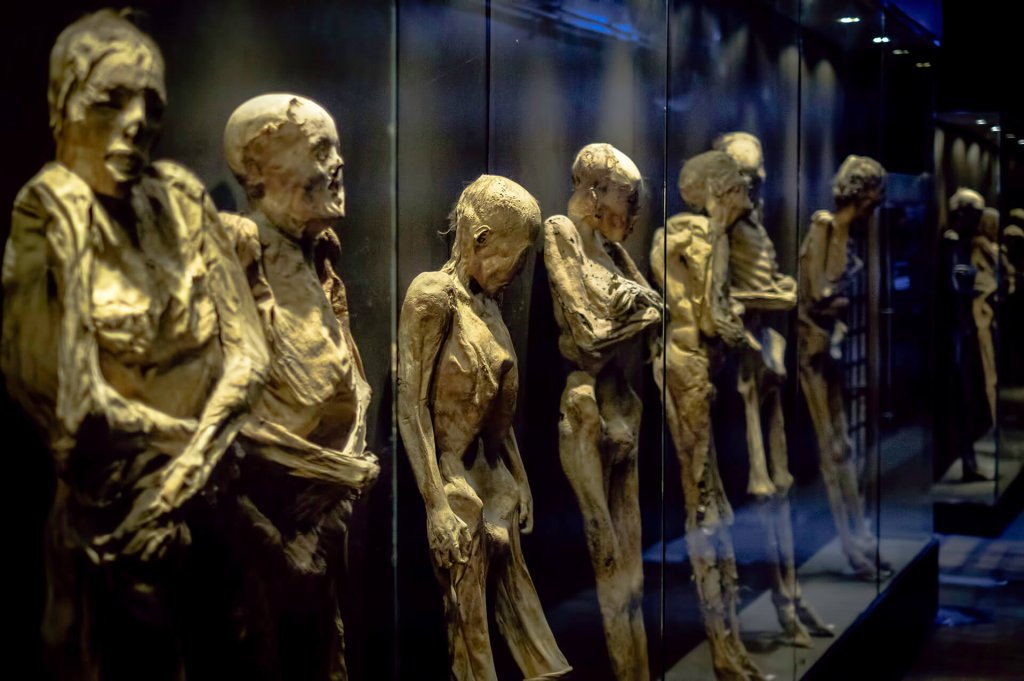
A Unique Origin of the Mummies
Unlike ancient Egyptian mummies preserved through intentional embalming, the mummies in Guanajuato were preserved by a rare natural process. In the late 19th century, the local government imposed a burial tax. If relatives of the deceased failed to pay, the bodies were exhumed to make room for others. During this process, officials discovered that some corpses had not decomposed as expected.
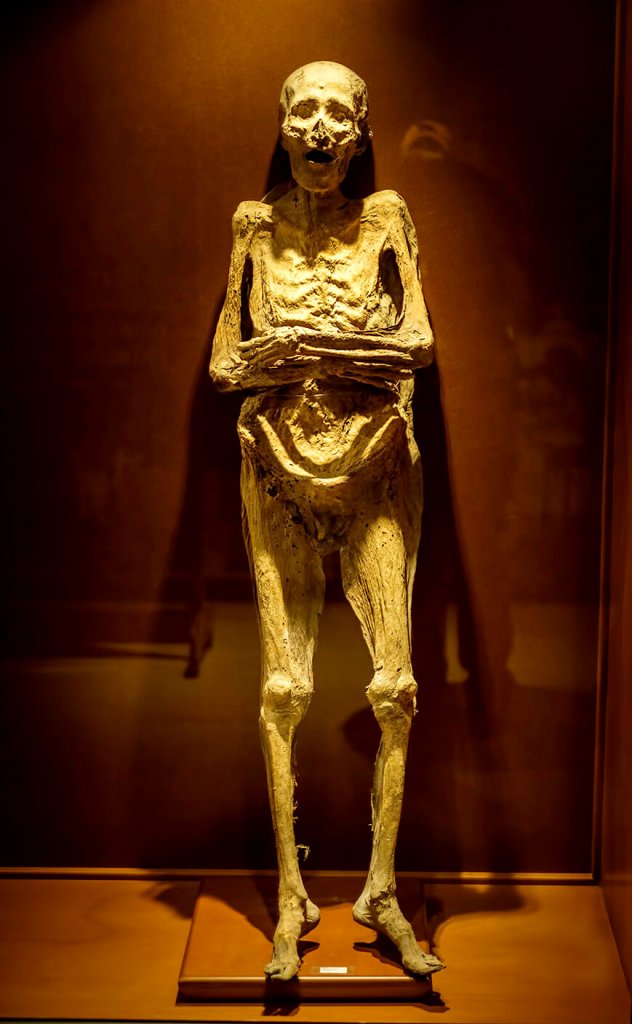
The region’s dry climate and mineral-rich, alkaline soil had created the perfect conditions for natural mummification—without any human intervention.
The Museum of the Mummies: Strange Yet Fascinating
The Museo de las Momias de Guanajuato officially opened in 1969 to preserve and display these naturally mummified remains. Today, the museum houses over 100 mummies, including adults, children, and even a fetus. Some are still dressed in their burial clothes, with preserved hair, facial features, and dried skin.
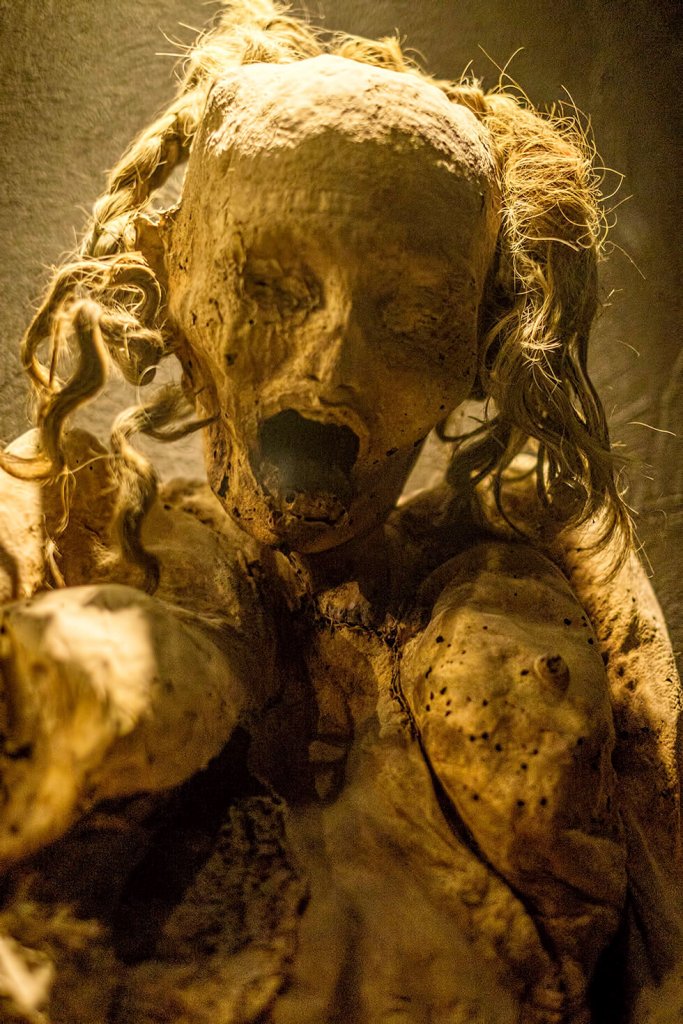
Each mummy tells its own story. Some display facial expressions that seem to scream or grimace, leading to speculation that they were buried alive during the cholera outbreaks of the 19th century. However, experts suggest that these expressions are natural results of muscle contraction and dehydration over time, rather than signs of suffering.
A Disturbing Yet Unique Tourist Experience
For many visitors, entering the museum is both fascinating and unsettling. For those interested in anthropology and history, it provides a rare and intimate encounter with death and its cultural interpretation. For others, the experience may be uncomfortable, even macabre.
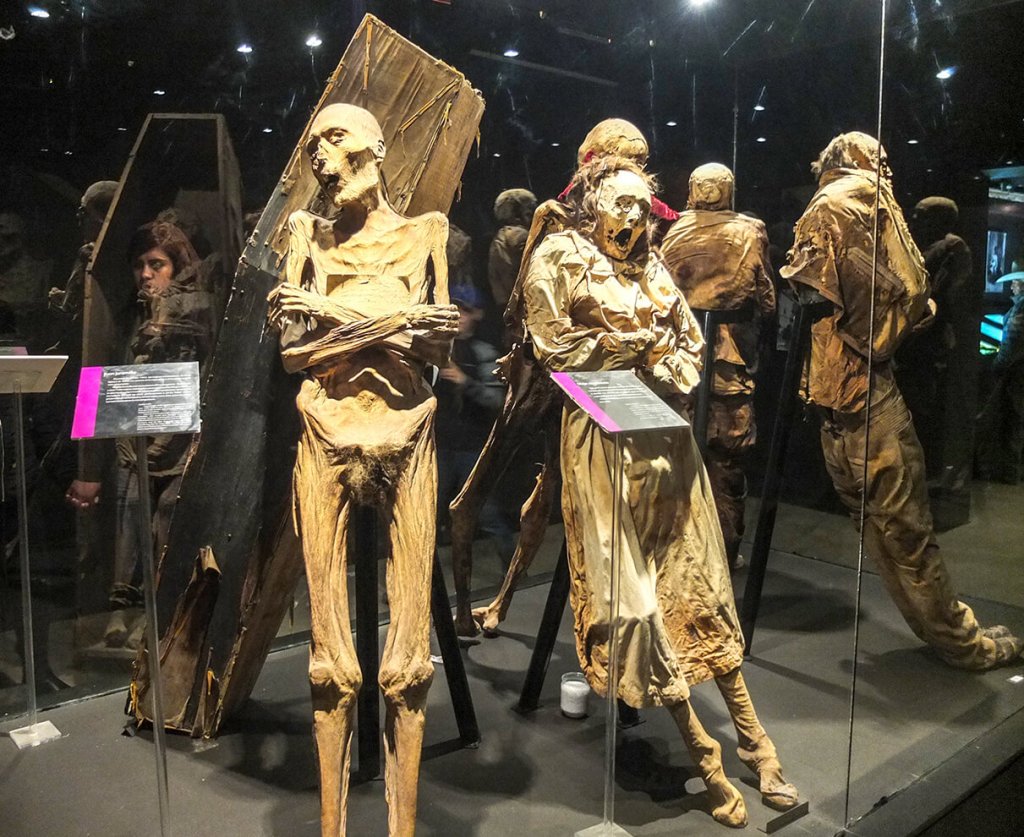
Children are allowed in the museum, and while some parents may worry, many children appear curious rather than frightened. This reveals an important cultural truth: attitudes toward death are often shaped by education and upbringing.
Ethical and Cultural Questions
The display of human remains is always a topic of debate. Some argue that it violates the dignity of the deceased and crosses ethical boundaries. Yet in Mexican culture, death is not shunned—it is embraced as a natural and inevitable part of life.
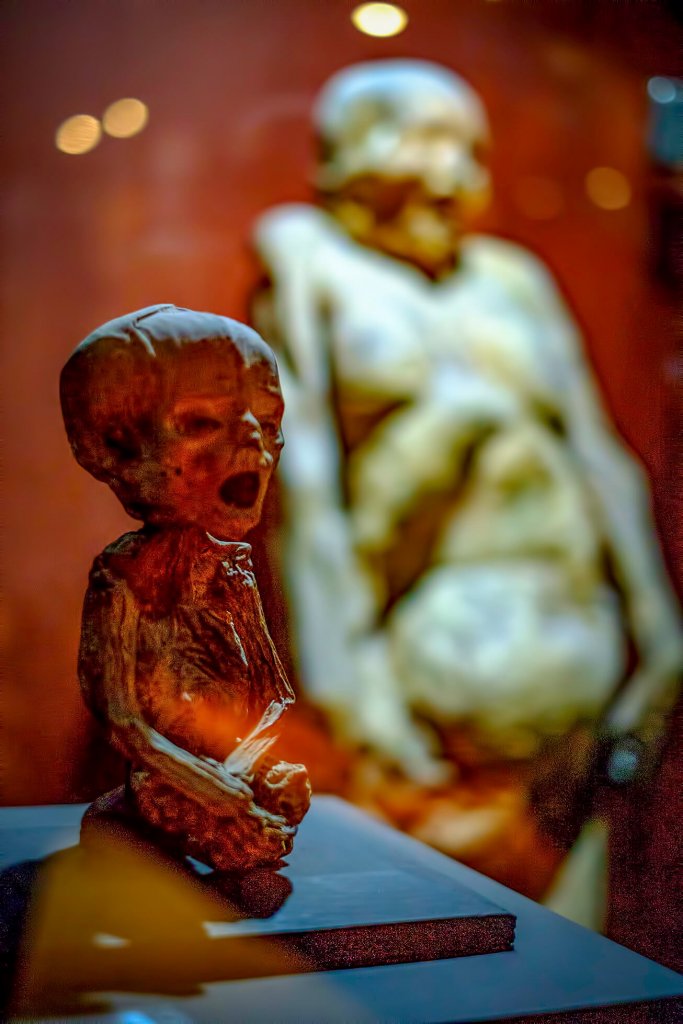
This perspective is reflected in the Día de los Muertos (Day of the Dead) celebration, where families honor the memory of their ancestors in colorful, joyful ways. From that cultural lens, the mummies in Guanajuato are not disrespected but rather remembered and preserved as part of history, science, and tradition.
Conclusion
The Museum of the Mummies of Guanajuato offers a rare glimpse into how science, culture, and death intertwine. Whether viewed as eerie or enlightening, it forces us to reflect on our relationship with mortality and memory. Far from being just a tourist attraction, this museum stands as a haunting yet powerful testament to life, death, and the traces we leave behind.
